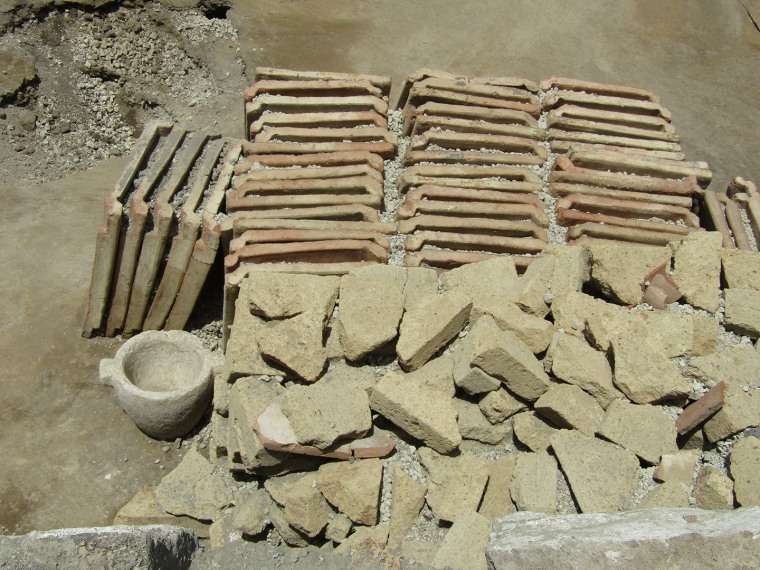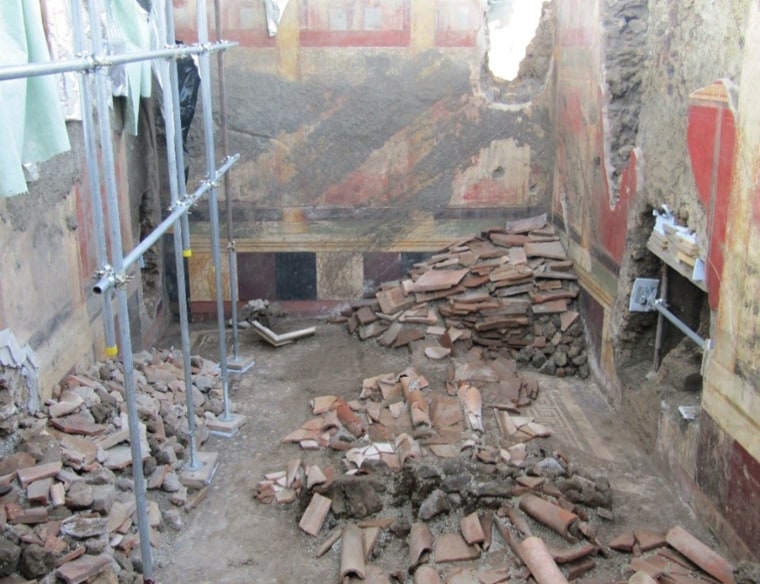Pompeii building site reveals ancient Roman construction methods
Archaeologists in Pompeii have unearthed an ancient building site that sheds light on construction techniques used by the Romans to make iconic structures such as the Colosseum and the Pantheon, Italy’s culture ministry said on Monday.
The site was probably active until the volcanic Mount Vesuvius erupted in 79 AD, destroying Pompeii in southern Italy, the ministry said in a statement.

The archaeologists found working tools, stacked roof tiles, tuff bricks, and heaps of lime and stones used to create walls.
The Romans had an original technique for making cement, the ministry said, citing findings by the archaeologists who worked with researchers from the Massachusetts Institute of Technology.
The Pompeii site, rediscovered only in the 16th century, has seen a burst of recent archaeological activity aimed at halting years of decay and neglect.
Concrete appeared to have been made through “hot mixing”, whereby quicklime was initially mixed with dry pozzolana, or pozzolanic ash, with water added only shortly before walls were erected.

This meant that during wall construction, the mixture of lime, pozzolana and stones was still hot due to a thermal reaction. That helped it dry more quickly, shortening the construction time of the structure.
Normally, quicklime is slaked in water long before use in construction.
Gabriel Zuchtriegel, director of the Pompeii site, said the latest finding “helps us understand many aspects of the great Roman Empire, not least the use of concrete.”
“Without concrete, we would have neither the Colosseum, nor the Pantheon, nor the Baths of Caracalla,” he said.
Archaeologists also found amphorae storage jars which were used to ‘quench’ the lime used for plastering as well as to store other tools, from lead weights used to erect a perfectly vertical wall, to iron hoes to prepare mortar and work lime.




